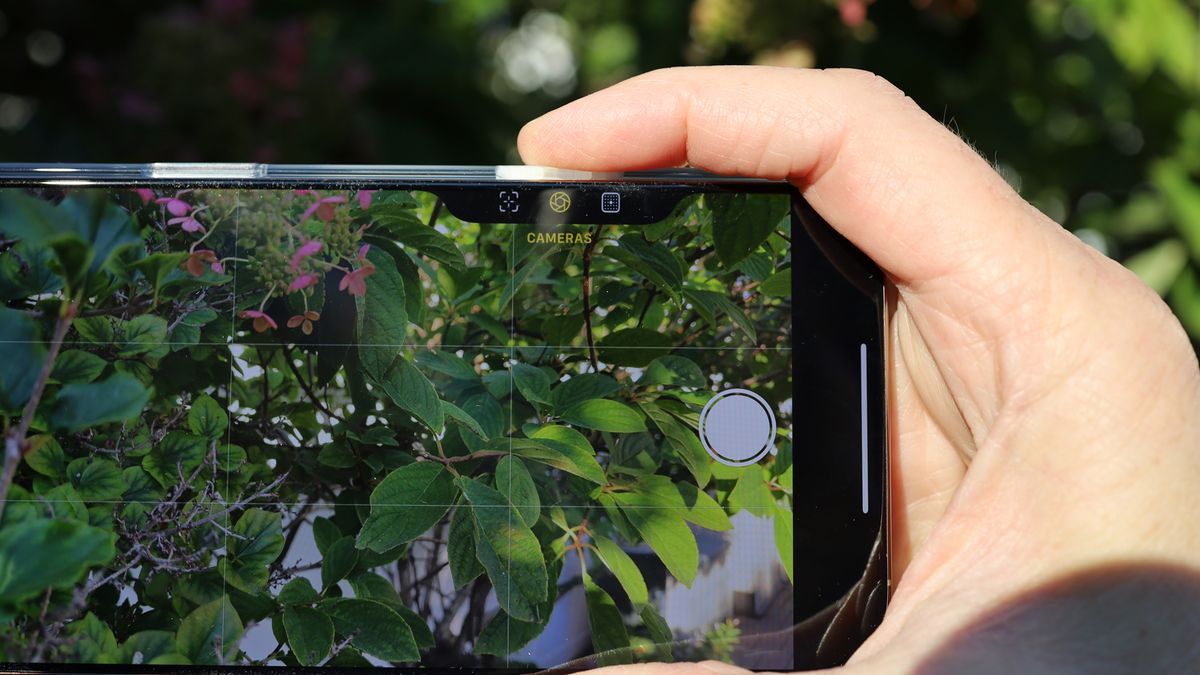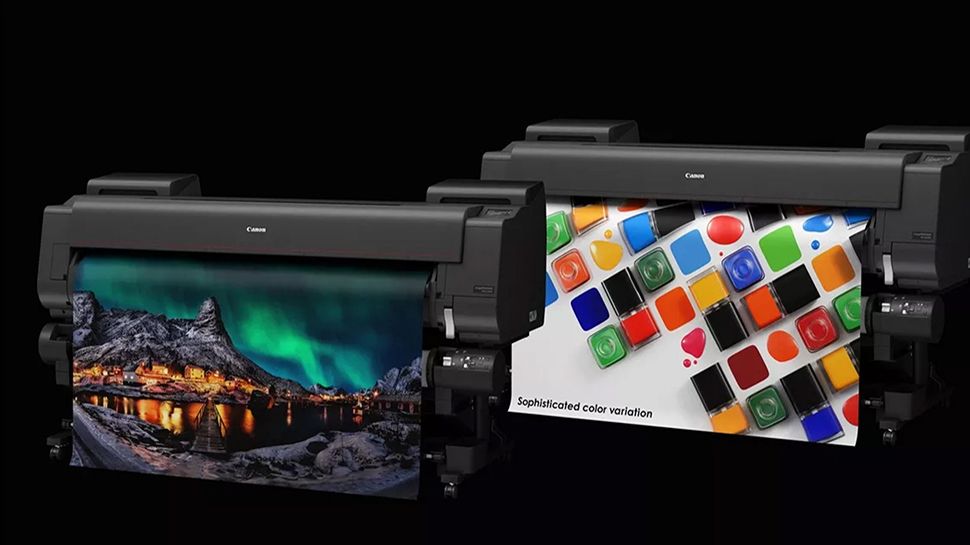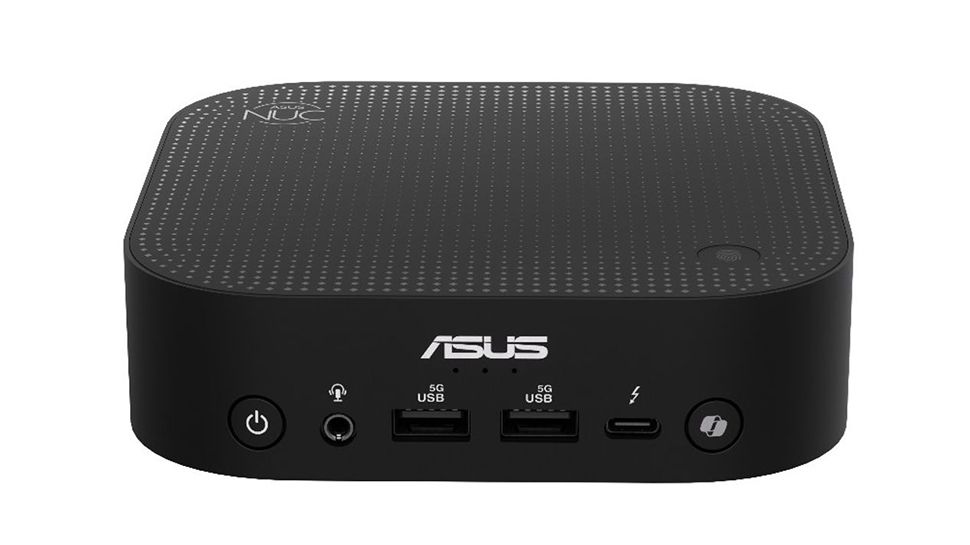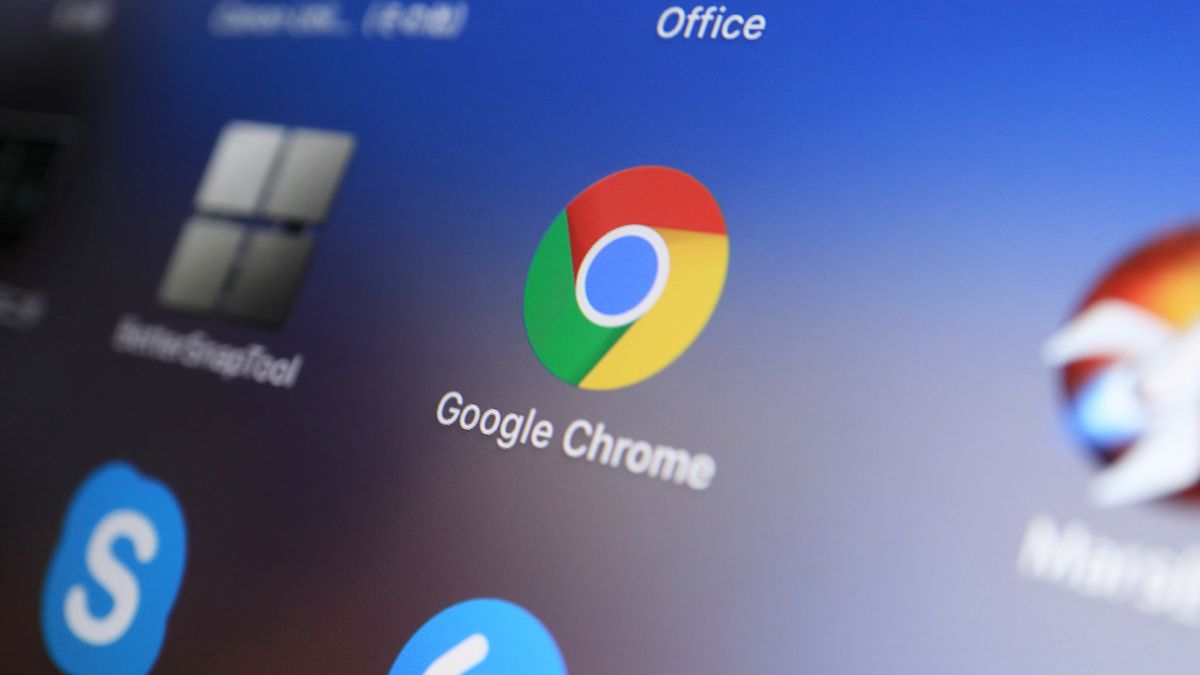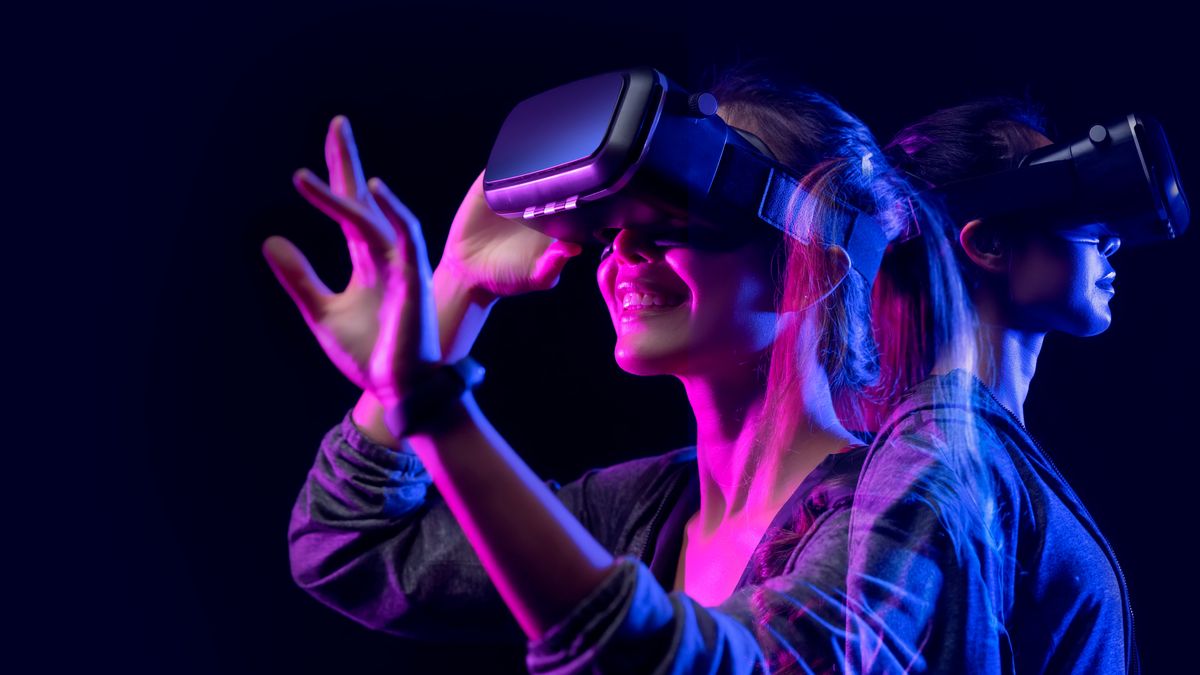First off, please stop calling the new iPhone 16 camera control a button… Just kidding. You can call it a button, but it’s more than that. It’s a multi-function control that supports full presses, light presses, and gestures. And I now know that it works perfectly with on-screen controls.
As you may already know from reading our extensive reviews of the iPhone 16 Pro, iPhone 16 Pro Max, iPhone 16, and iPhone 16 Plus, the new Camera Slider—located on the right side of the latest phones, just below the power button—gives you instant access to your iPhone’s Camera app.
When you press it, a small control window appears on the Super Retina XDR display, right next to the physical button. It's a flexible black window that grows and shrinks based on the control you give it. This keeps the camera selection slightly smaller than when you're scrolling through the main menu of exposure, depth zoom, cameras, styles and tones.
In my experience, it's pretty easy to use all of these controls when holding the phone horizontally, which makes the Camera Control more or less resemble the shutter button on a traditional camera. Using it when the phone is held vertically, which is what I often do, is more awkward.
It turns out there is another way to use Camera Control: you can tap the screen.
I know it seems obvious, but once you start using Camera Control, you basically get used to using a combination of single and double taps and swipe gestures on the button to control the camera. You almost don't even think about touching the screen, although I guess you should.
After all, what's the point of something appearing on a touchscreen if you can't touch it?
How to do it
Here's how it works. You can still access the camera app by holding down the camera button. Then, lightly press it again (you'll feel the haptic vibration beneath the button's sapphire surface) once or twice to access the camera function you want. Then, instead of swiping across the camera control button, swipe it up and down on the screen.
This is handy in one-handed portrait mode because you can use your thumb to select different modes quickly, and yes, you can tap on some of the on-screen selections like “Camera” to access the camera list and then swipe the screen to a different lens.
On-screen control is also useful in landscape mode. When I start with the Camera Control button, my index finger naturally slides down the screen to move forward and backward and select options in the small black Camera Control area.
If you thought camera control wasn't for you because it's a physical control for things you normally do on a screen, this is a way to have it all – a winning combination of physical and touchscreen control.

